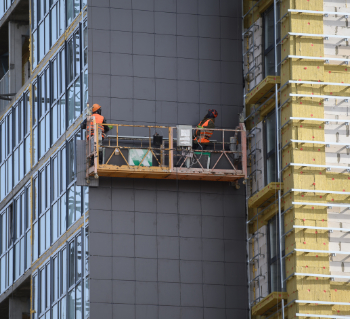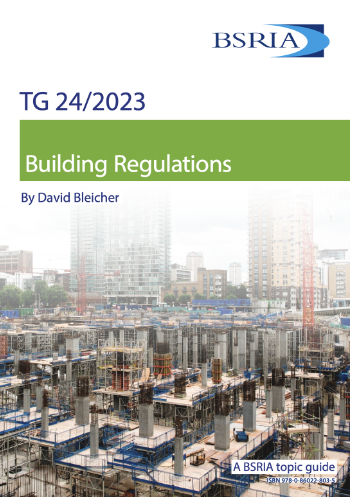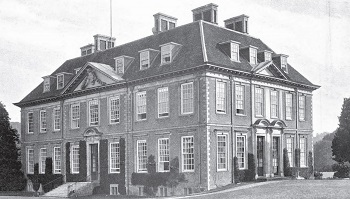Smart building market projections through 2030
Smart buildings comprise a sophisticated control system that uses sensors, actuators, and microchips to control building operations such as ventilation, air conditioning, heating, lighting, and others. It leverages advanced and integrated building technology to enhance occupants' health, comfort, and efficiency, including building automation, advanced telecommunications systems, fire protection equipment, and facility management systems.
The global smart building market size was USD 61.2 billion in 2019 and is projected to reach USD 150.6 billion in 2030 with a CAGR of 10.9% during the forecast period of 2020-2030.
The smart building market is to grow for a number of reasons. Innovative building architecture helps to reduce operating costs, tenant management, security management, and performance management. Moreover, organisations have implemented smart building technology to increase facilities personnel efficiency and promote sustainability programmes, strengthen building operations, and enhance organisational decision making.
Global smart building market key players include:
- Schneider Electric
- Cisco Systems, Inc.
- United Technologies
- IBM Cooperation
- Delta Controls
- Building IQ
- Johnson Controls
- Honeywell
- Legrand
- Thales Group
- Hitachi, Ltd.
- Accenture
- Emerson Electric Co.
The solution segment held the largest market share in 2018 and is anticipated to continue growing during the forecast period. The rising growth of the smart building market is growing due to the increasing demand for smart infrastructures across the real estate sector. Furthermore, the upsurge in the use of IoT-based smart building solutions and the increasing awareness among industries about implementing energy-efficient solutions provides new opportunities for key players.
On the basis of the type of building, the commercial segment is projected to lead the market from 2020 to 2030. The growth of this segment can be attributed to the need for suitable and tailor-made solutions for optimised energy efficiency to minimise the energy consumption of buildings without sacrificing comfort or safety and improving the energy performance of commercial buildings.
The Increasing costs of energy and issues related to the environment such as carbon emission and pollution are encouraging builders to transfer from traditional buildings towards smart buildings. A range of building systems are managed, controlled and monitored, from heating and air conditioning to lighting and security systems through IoT connectivity, IoT smart buildings leverage sensors, and cloud technology.
The governments of several countries are imposing laws and regulations to boost current and future operation, construction, and usage of buildings more logically, without compromising sustainability. Several directives have been established by the European Union (EU) to enhance the energy performance of buildings and to meet their goal of constructing new zero-energy buildings (NZEB). The UK government focus has been shifted towards constructing smart buildings to reduce carbon footprint and control energy consumption. Moreover, the government is recognising the benefits of incorporating IoT into smart cities.
The global smart building market is segmented based on regional analysis into five major regions. These include North America, Latin America, Europe, Asia-Pacific, and Middle-East & Africa. North America is anticipated to register the highest CAGR during the forecast period of 2020-2030. In 2018, North America generated revenue of USD 15.398 Billion and is expected to reach up to USD 34.32 Billion by 2030. The growth in North America is largely due to the adoption of smart building solutions that leverage advanced technologies including IoT; cloud computing, data analytics, deep learning, and AI.
[edit] Related articles on Designing Buildings Wiki
Featured articles and news
Investors in People: CIOB achieves gold
Reflecting a commitment to employees and members.
Scratching beneath the surface; a guide to selection.
ECA 2024 Apprentice of the Year Award
Entries open for submission until May 31.
UK gov apprenticeship funding from April 2024
Brief summary the policy paper updated in March.
For the World Autism Awareness Month of April.
70+ experts appointed to public sector fire safety framework
The Fire Safety (FS2) Framework from LHC Procurement.
Project and programme management codes of practice
CIOB publications for built environment professionals.
The ECA Industry Awards 2024 now open !
Recognising the best in the electrotechnical industry.
Sustainable development concepts decade by decade.
The regenerative structural engineer
A call for design that will repair the natural world.
Buildings that mimic the restorative aspects found in nature.
CIAT publishes Principal Designer Competency Framework
For those considering applying for registration as a PD.
BSRIA Building Reg's guidance: The second staircase
An overview focusing on aspects which most affect the building services industry.
Design codes and pattern books
Harmonious proportions and golden sections.
Introducing or next Guest Editor Arun Baybars
Practising architect and design panel review member.
Quick summary by size, shape, test, material, use or bonding..























